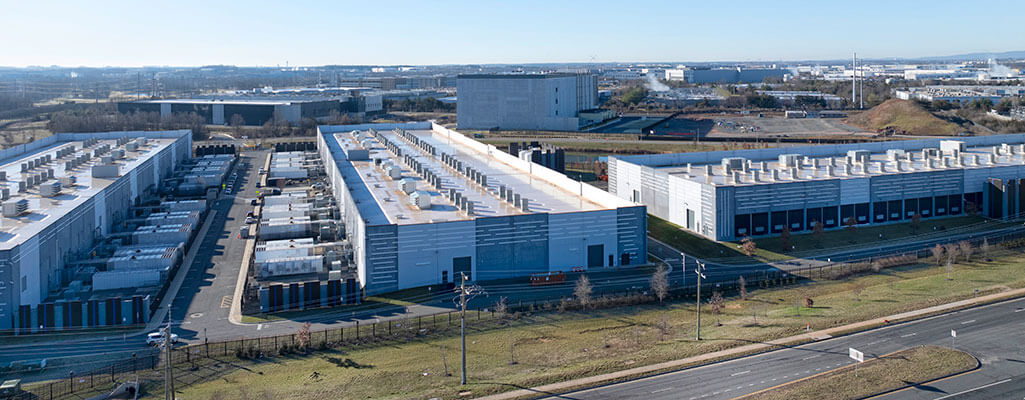The Ultimate Guide to Data Center Safety: Best Practices for Construction, Worker Protection and More

Data centers are the backbone of the modern digital economy, powering everything from social media platforms to cloud-based applications. With the increasing demand for secure, reliable data infrastructure, the importance of maintaining a safe, compliant and healthy work environment within data centers cannot be overstated. Effective data center safety programs not only protect workers but also improve project timelines, reduce costs and minimize the risk of operational disruptions.
In this guide, we’ll explore best practices for data center safety, including construction site safety, worker health and compliance with data center safety standards. Whether you’re managing a new data center build or overseeing an operational facility, understanding these principles is essential for long-term success.
Why Data Center Safety Matters
Data centers are complex environments with a unique set of safety hazards. Construction phases often involve heavy machinery, high-voltage electrical systems and elevated work areas, making injury prevention a top priority. Once operational, the facility’s focus shifts to maintaining safe working conditions for employees and contractors who manage the infrastructure.
A strong data center safety program helps:
- Prevent costly work stoppages and delays
- Reduce workers’ compensation claims and recordable injuries
- Improve employee morale and retention
- Ensure compliance with health and safety regulations
Companies that prioritize data center safety not only reduce liability but also create a more efficient and productive work environment.
Common Data Center Safety Hazards
Data center environments present unique safety challenges that require proactive management. Key risks include:
1. Electrical Safety
Data center electrical safety is a major concern due to the high-voltage equipment used to power servers and cooling systems. Electrical injuries can result from:
- Faulty wiring and insulation
- Improper grounding of equipment
- Overloaded circuits and power surges
Best Practice: Implement routine electrical inspections and provide specialized training for employees working with electrical systems. Personal protective equipment (PPE) and lockout/tagout procedures should be strictly enforced.
2. Fire Safety
Data centers house sensitive equipment that generates heat, increasing the risk of fire. Without proper fire suppression systems, even a small fire can cause significant damage.
- Overheated servers
- Electrical malfunctions
- Flammable materials
Best Practice: Install advanced fire suppression systems, such as clean agent systems, which are designed to protect sensitive electronic equipment without causing water damage. Regular fire drills and emergency response training are essential.
3. Health and Safety Compliance
Ensuring compliance with data center safety standards helps prevent accidents and legal complications. Safety regulations cover areas like:
- Employee training and certification
- Hazard identification and mitigation
- Proper documentation of injuries and incidents
Best Practice: Establish a centralized reporting system to track and monitor compliance. Providing employees with consistent safety training and clear protocols ensures that safety becomes part of the company culture.
4. Worker Health and Injury Prevention
Physical strain and repetitive stress injuries are common in data centers due to long hours, heavy lifting and working in confined spaces. Mental health challenges can also arise from high-pressure work environments.
- Musculoskeletal injuries from lifting and handling heavy equipment
- Mental health strain from long shifts and isolation
- Chronic fatigue and burnout
Best Practice: Implement ergonomic assessments and injury prevention programs. Onsite health services, such as wellness checks and mental health support, can help workers manage stress and improve overall health.
Why Flexibility in Data Center Safety Programs is Essential
Data centers operate in fast-paced, high-stakes environments. As business needs shift, safety programs must be able to adapt to new challenges, such as expanding construction projects, increasing staff levels or evolving safety regulations.
Worker Engagement and Morale
Employees are more likely to follow safety protocols and report concerns when they feel valued and supported. Offering access to both physical and mental health resources strengthens employee engagement and reduces turnover.
Cost Savings Through Prevention
Proactively addressing safety issues reduces injury rates, workers’ compensation claims, and healthcare costs. Flexible programs help allocate resources more efficiently, directing funds toward the most effective safety measures.
Building a Culture of Safety and Accountability
Establishing a culture of safety requires more than just implementing procedures—it involves continuous improvement, employee involvement and clear communication. Key strategies include:
- Encouraging employees to report safety concerns without fear of retaliation
- Providing regular training and safety refreshers
- Rewarding safe behavior and addressing non-compliance promptly
Case Study: How Medcor Helped Save a Data Center Project $1.4 Million
A leading data center operator faced significant safety and health challenges during a large-scale construction project. By partnering with Medcor to establish an onsite health clinic, the company was able to treat 91% of worker injuries onsite, reducing unnecessary emergency room visits and lost productivity. The program also provided comprehensive health management, including mental wellness support and injury prevention training.
Learn how Medcor’s proactive approach saved the company $1.4 million and improved employee safety. Read the Case Study Here.
Strengthen Your Data Center Safety Strategy
Effective data center safety programs go beyond compliance—they create a safer work environment, reduce costs and improve operational efficiency. By implementing flexible, employee-focused safety solutions, companies can protect their workforce and strengthen business outcomes.
If you’re ready to enhance your data center safety strategy, contact Medcor to learn more about our customizable health and safety programs.